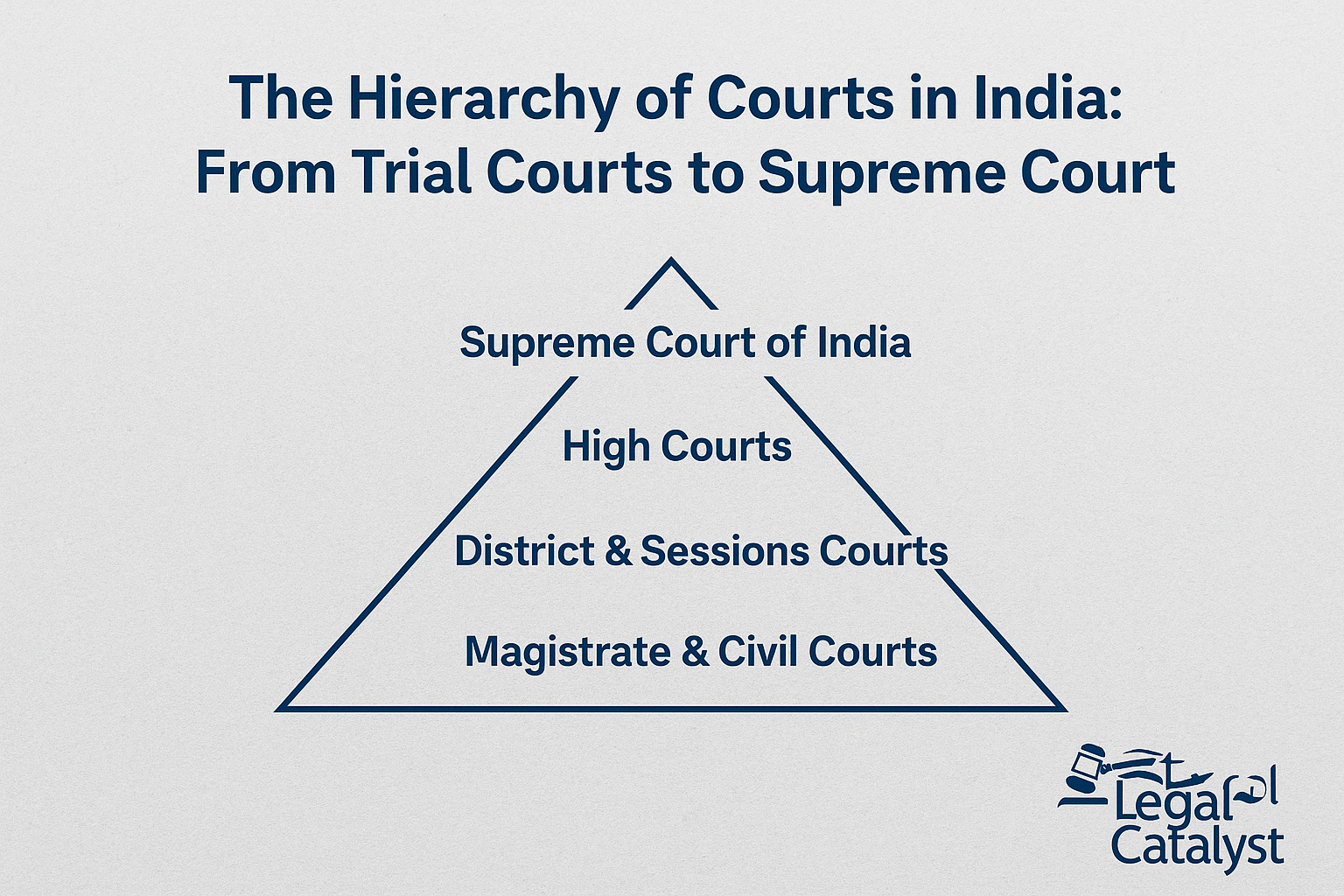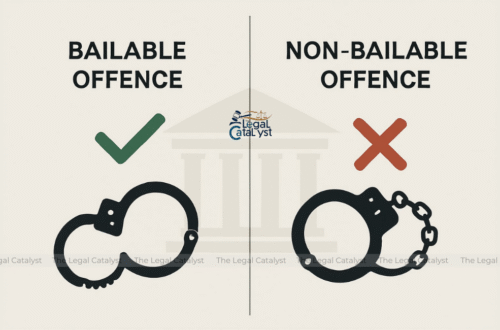Table of Contents
- Introduction
- Origin of the Jury System in India
- How the Jury System Functioned
- The K.M. Nanavati Case: The Turning Point
- Why the Jury System in India Declined
- The Rise of the Judge-Led Trial System
- Should the Jury System Return?
- Conclusion
- References
Introduction
The Jury System in India was once considered a bridge between the people and the courtroom. Introduced during British rule, it was meant to ensure that justice included public participation. But the system faced more than a century of inconsistent implementation. Following a dramatic fall from grace, it was formally abolished in 1974.
This post offers an in-depth exploration of the history, structure, and decline of the Jury System in India. It highlights key events like the K.M. Nanavati case. Additionally, it analyzes why the Indian judiciary moved away from jury-based adjudication.
Origin of the Jury System in India
The Jury System in India traces its roots to the colonial period. The Indian Jury Act of 1826 codified it. It was mainly implemented in the Presidency towns of Calcutta, Bombay, and Madras.
Jury trials mirrored English legal traditions. However, they were selectively used. This was primarily for criminal cases involving British subjects or elite Indian classes. The idea was to democratize justice, but in practice, it failed to be inclusive or widespread.
How the Jury System Functioned
In a typical jury trial:
- A panel of 7 to 9 laypersons (jurors) was selected.
- The judge explained legal rules and managed courtroom procedure.
- The jury decided on the facts and delivered a verdict.
- The judge could not overturn the jury’s verdict unless it was appealed.
Though jurors were expected to be impartial, they were often selected from literate, urban elites and lacked legal training.
The K.M. Nanavati Case: The Turning Point
Perhaps the most significant reason for the fall of the Jury System in India was the landmark case:
K.M. Nanavati v. State of Maharashtra
Citation: AIR 1962 SC 605
Full case text on Indian Kanoon
Summary:
Naval Commander K.M. Nanavati was tried for the murder of his wife’s lover, Prem Ahuja. A jury acquitted him 8–1, but the Sessions Judge found the verdict unreasonable and referred it to the Bombay High Court, which overturned the acquittal.
Consequences:
- Jury verdicts were seen as vulnerable to media hype and social biases.
- The Nanavati case became a media spectacle, showing how public opinion could influence jury decisions.
- The case severely undermined the judiciary’s faith in layperson adjudication.
Why the Jury System in India Declined
Several reasons led to the phasing out of the Jury System in India:
1. Susceptibility to Bias
Juries were often influenced by class, religion, media, and social status—contradicting the principle of impartial justice.
2. Lack of Legal Knowledge
Jurors couldn’t easily understand legal complexities, making them dependent on emotions or misleading arguments.
3. Uneven Implementation
Jury trials were only present in urban centers and not practiced uniformly across Indian states.
4. Administrative Burden
Selecting, training, and organizing jurors was logistically challenging.
5. Key Legislative Shift
The Code of Criminal Procedure, 1973, which came into force in 1974, formally abolished the jury system across India.
The Rise of the Judge-Led Trial System
After 1974, India adopted a judge-centric adversarial system in both civil and criminal courts.
Benefits of the Judge-Led System:
- Judges are legally trained and experienced.
- Written, reasoned judgments are standard, enabling better appeals.
- The system promotes uniformity and predictability in legal outcomes.
- Reduced chances of public or emotional influence in decision-making.
This transition aligned with India’s need for procedural efficiency and professional integrity in justice delivery.
Should the Jury System Return?
There are occasional debates about reviving the Jury System in India, often citing democratic values. However, significant hurdles remain:
- Low legal awareness
- High influence of social media
- Regional and linguistic barriers
- Caste and communal prejudices
Most experts believe that the jury system is ill-suited for modern India’s complex legal and social fabric.
Conclusion
The Jury System in India began as a colonial import that symbolized participatory justice but failed to adapt to India’s socio-legal reality. Its decline was inevitable, accelerated by cases like Nanavati and codified through the CrPC in 1973.
Today, India’s legal system relies on trained judges to uphold constitutional values and dispense justice. While the ideal of jury trials may appeal to democratic sensibilities, the practical risks outweigh the theoretical benefits.
The journey of the jury system serves as a historical reminder that not all borrowed legal institutions suit every society.
References
- K.M. Nanavati v. State of Maharashtra, AIR 1962 SC 605
- Code of Criminal Procedure, 1973
- Law Commission of India – 14th Report (1958)
Also Read
Difference Between Writs and Appeals: Understanding Legal Remedies in India






